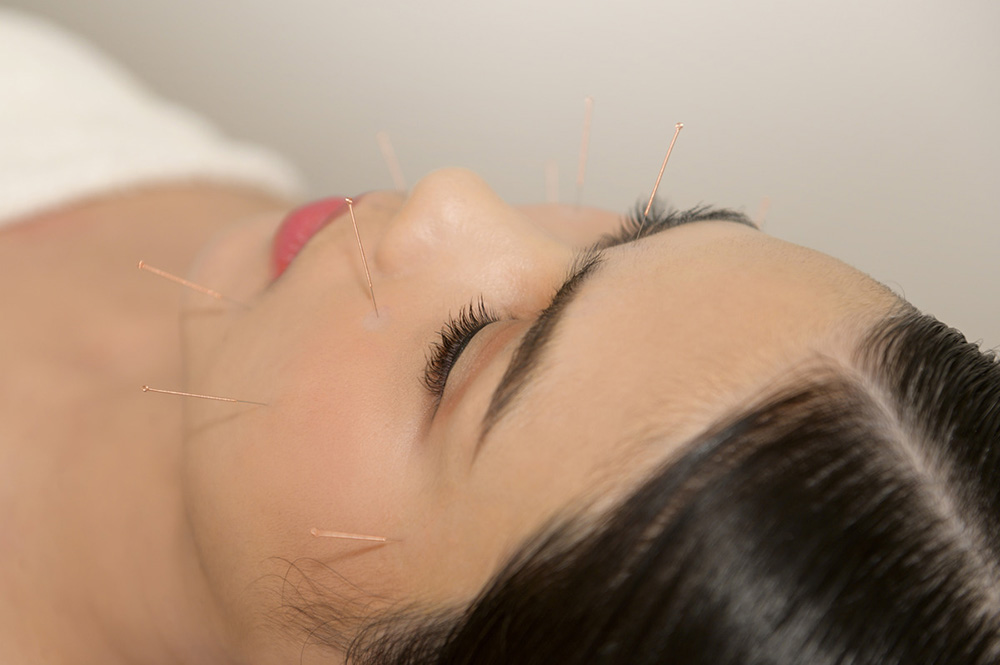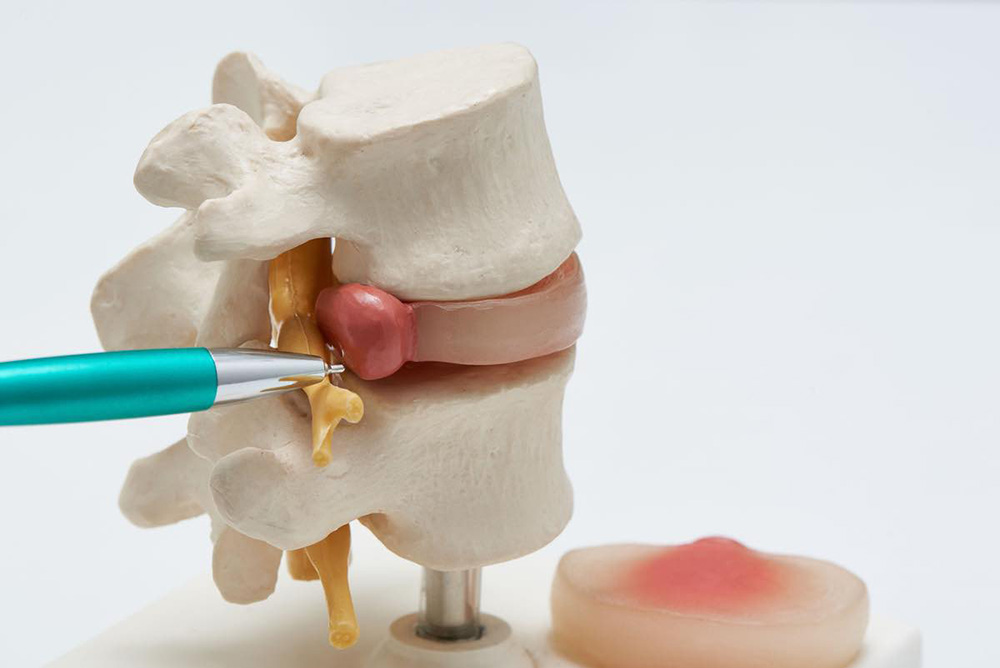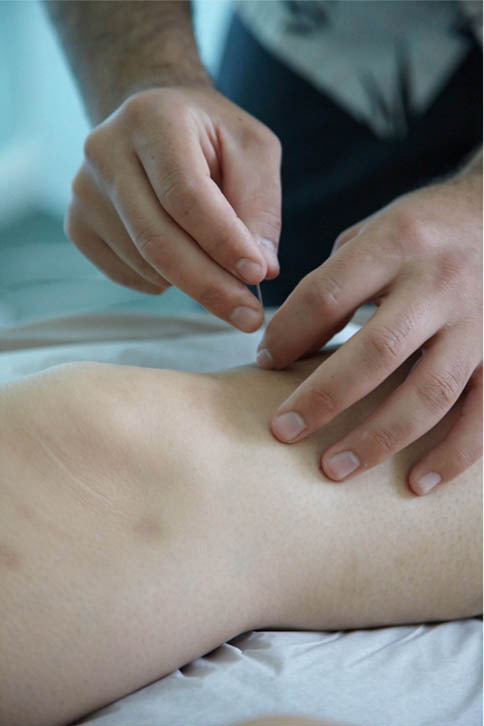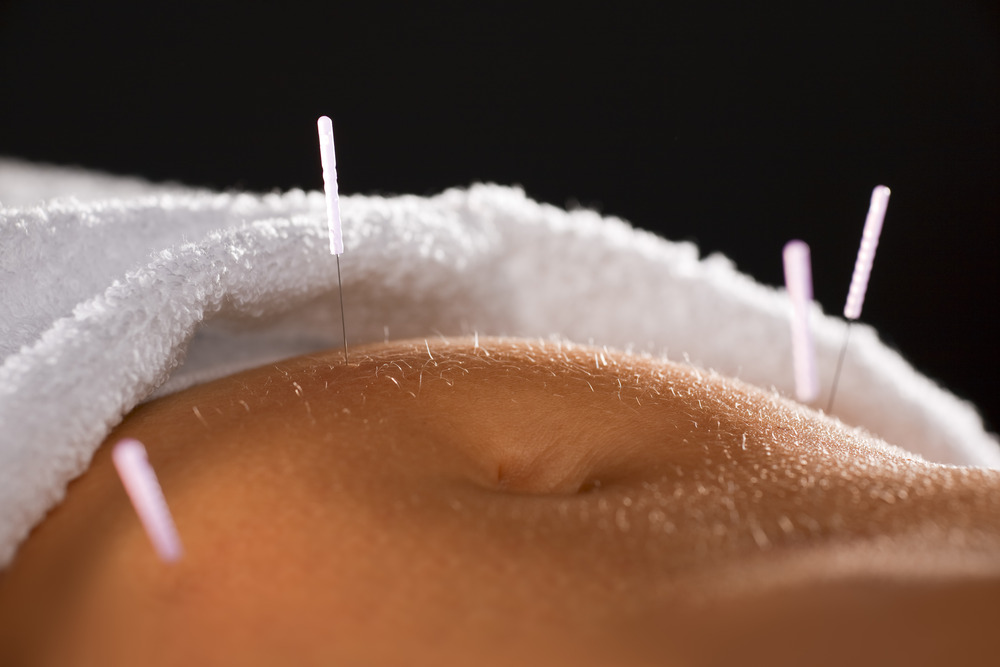Acupuncturists are obsessed with circulation. And for good reason. Improving circulation is central to acupuncture’s ability to heal the body. Many conditions and improvements in overall health come from acupuncture’s ability to improve and influence circulation.
Circulation is important in so many conditions. The circulatory system is the foundation of the body’s ability to heal. I think that it is a particularly important aspect of the treatment for healing skin diseases and antiaging techniques. Also, circulation is key for the healing of soft tissue injuries such as herniated disc and tendonitis. This is because we need blood to get to an injured area to bring nutrients to the injured part of the body.
Traditionally, acupuncture is thought to stimulate the body’s circulation of qi and blood throughout the body. This is both in the area of the needling as well as along the acupuncture meridians. The meridians interconnect parts of the body and deep down to the internal organs which is why acupuncture treatment can work to heal many different diseases.
In this article I will review research about how acupuncture effect on circulation is one of the major mechanisms in it’s healing affect for many skin conditions as well as helping to heal many chronic injuries.
Acupuncture Increases Circulation in the Skin
Using acupuncture can help increase circulation to your skin. Some of the most common skin problems that can be treated with acupuncture are maturing skin, rosacea, and melasma.
During a treatment we may see temporary reddening around the needle. This is a sign that there is increased blood flow to the area helping to rejuvenate the skin. Studies have shown that low-frequency electroacupuncture significantly increases microcirculation which stimulates the healing process.
Healthy Skin
Circulation is essential for maintaining healthy skin, as it delivers oxygen and nutrients to the cells while removing waste products. When circulation is poor, the skin may appear dull, dry, and uneven. Fine lines and wrinkles may also become more pronounced. By increasing circulation, cosmetic acupuncture can help to improve the overall health and appearance of the skin, reducing fine lines and wrinkles, as well as improving the overall texture of the skin.
Cosmetic acupuncture works by stimulating the production of collagen and elastin. Collagen and elastin are proteins that give the skin its structure and elasticity. As we age, the production of these proteins naturally declines, leading to wrinkles and sagging skin. By stimulating the production of collagen and elastin, cosmetic acupuncture can help to improve the firmness and elasticity of the skin.

Cosmetic acupuncture can also improve the tone and texture of the skin by increasing the flow of blood to the face. This increased blood flow delivers oxygen and nutrients to the skin cells, which can help to improve the overall health and appearance of the skin. Additionally, by increasing the flow of blood to the face, cosmetic acupuncture can help to reduce puffiness and dark circles under the eyes.
When the body is stressed, it can accelerate the breakdown of collagen and elastin, which lead to wrinkles. Luckily, acupuncture can relieve stress as well.
By increasing circulation, cosmetic acupuncture can help to improve the tone and texture of the skin, reduce fine lines and wrinkles, and leave the skin looking and feeling youthful and radiant.
Rosacea
Rosacea is a common skin condition characterized by redness, swelling, and sometimes bumps. The symptoms usually appear in the center of the face, nose, and cheeks, and may also affect the eyes. It may become more severe over time.
According to traditional Chinese Medicine rosacea is caused by heat and blood stagnation. We use treatments that both clear heat to reduce inflammation as well as improve blood flow. Research has shown that facial acupuncture for rosacea works by increasing microcirculation in the face.
Whole body points also focus on moving blood and Qi stagnation.
Herbal medicine is also used for rosacea to clear heat and move blood stagnation. This has the same idea of increasing circulation to remove the toxins.
Melasma
Acupuncture has been shown to reduce the severity of melasma increasing blood circulation and reducing inflammation. In Chinese medicine, melasma is caused by blood stagnation and qi and blood vacuity. Acupuncture will target these underlying imbalances to heal the skin. Research has also shown that acupuncture stimulates the growth of healthy skin.
In one study, the effectiveness of acupuncture on melasma was studied in women which showed that acupuncture helps melasma. The study was for 10 visits, but most women showed some improvement after only 5, which continued through the rest of the treatment course. This is called a dose-response, meaning you need to get enough acupuncture in order for it to have an effect. Generally, people will need 5-10 visits to have an effect, although some people respond quicker while others take a longer time.
Herniated Discs
A herniated disc is a very common cause of low back pain and sciatica. It occurs when the inner layers of the disc slip out of place, creating pressure on the nerves coming out of the spinal cord. Symptoms may include pain, numbness, and tingling in the leg.
Discs in the back do not have much blood flow to them. This is for a good reason. If they were damaged and become swollen, it may cause damage to your spinal cord and nerves. But, the lack of circulation also makes them difficult to heal.
Several studies have shown that acupuncture has a high success rate for treating herniated discs. Acupuncture can significantly reduce symptoms in both acute and chronic cases.

One of the keys to acupuncture’s effectiveness in treating herniated discs is its ability of it to improve circulation. It also relaxes the muscles and reduces inflammation to promote self-healing of the body.
Acupuncture is often used in conjunction with other therapies, such as massage or cupping, to increase blood flow to the affected area to stimulate healing.
Tendonitis
Tendonitis is a painful condition that may affect any part of the body. Symptoms include swelling, redness, and inflammation. If left untreated, the condition can develop into chronic pain.
Blood circulation to tendons is less than that to muscles, which results in less oxygenation and nutrition delivery and longer healing times. Several studies have shown that acupuncture increases circulation to tendons to speed healing. This is a great way to speed up the recovery process.
Increasing the blood flow also improves the flow of oxygen and other nutrients to injured areas. It also promotes muscle relaxation.
During an acupuncture session, the needles are placed close to the tendonitis. The treatment triggers a cascade of healing activities aimed at breaking down the scar tissue and repairing the damaged soft tissues.
For tendonitis, I will also use electroacupuncture. Electroacupuncture treatments kick-start cellular processes that help the tendons heal faster and stronger.
In addition to promoting blood flow, acupuncture has been shown to be effective in reducing pain and swelling. We will also combine other TCM therapies, such as moxabustion, TDP lamp, or cupping, to speed the healing process.
Nitric oxide and local circulation
Acupuncture has been shown to increase nitric oxide, an important messenger molecule that is involved in a variety of body functions. NO plays a vital role in protecting the body against inflammation. It also plays an important role in localized blood circulation and encourages increases blood flow to muscles and tissues by increasing blood vessel dilation. Stimulating NO is one of the many reason acupuncture is helpful in treating injuries.

Trigger points
A trigger point is an area of a muscle that are hyperirritable spots that cause pain and tension both in that specific muscle and in the areas around them. Trigger points can limit the range of motion and cause muscle weakness. Acupuncture is helpful in releasing trigger points, breaking the tight areas, and getting fresh blood and oxygen to the damaged muscle.

Cupping
Cupping increases blood flow to promote cell regeneration and it helps the body get rid of toxins. Cupping can be used to treat many ailments. It can help relieve pain, heal muscle strains and improve the circulation of your skin. It can also increase your immune system, strengthen your lungs and digestion, and speed recovery after an injury or illness.
Cupping is often used by athletes to recover from strenuous training or competition. It can also be used to reduce the pain associated with conditions such as arthritis, back and neck pain, and headaches. Gentle cupping may also be included as part of facial rejuvenation.
Cupping is also used to release trigger points in the muscles and tendons. It can also be used to loosen muscles and fascia, improve circulation, and release congestion.

Acupuncture and cupping work in many ways to stimulate the healing process. Increasing circulation is one of the primary mechanisms for the effects of acupuncture to help you feel better. It is key in healing many conditions including skin conditions, tendonitis, and disc injuries.



